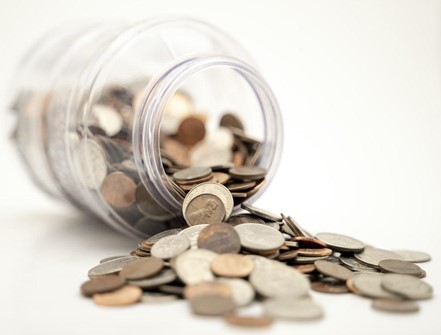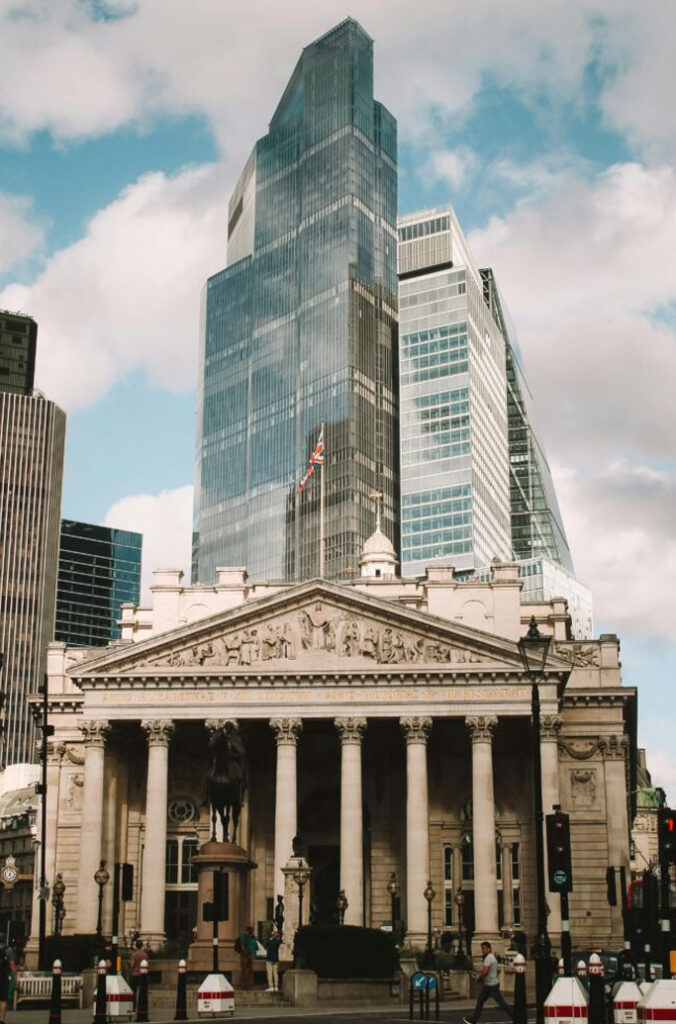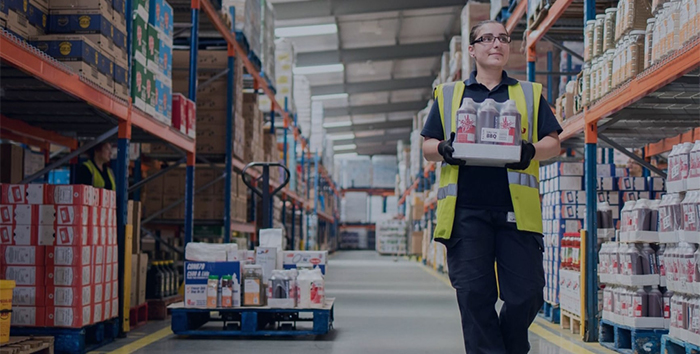
In the budget last week, the chancellor, Rishi Sunak announced that there will be an increase in the personal allowance from the tax year starting April 2021 and will remain the same till 2026. This means that the allowance after rising in April 2021 will remain frozen for the next 6 years.
Personal allowance is the allowance up to which you do not have to pay any income tax. For the tax year 2020-2021 the personal allowance was £12, 500.Every individual would pay income tax if they earned more than £12, 500. For individuals earning more between £12501- £ 50 000, tax was paid at 20% this was the basic tax rate bracket.
The changes are summarised in the table below:
| Tax year: 2020-2021 | Tax year: 2021-2022 till 2025-2026 | Increase or decrease in the allowance | |
| Personal allowance | £12,500 | £12,570 | £70 increase |
| Basic Tax Rate Threshold-20% | £12,501-£50,000 | £12,571-£50,270 | £70 increase |
| Higher tax Rate Threshold-40% | £50,271-£150,000 | £50,001- £150,000 | £270 increase |
| Additional Tax Rate Threshold-45% | £150,000 and above | £150,000 and above | No change |
The changes mean that the individuals can earn an extra of £70 than they were earning now without having to pay tax.
The Basic Tax rate payer will pay income tax at 20% on £37,699 after the personal allowance of £12, 570. The Basic Tax rate payer can earn an extra of £14 per year while the higher rate tax payer will be able to earn an extra of £68 a year as calculated by Low Income Tax Reform Group.
The personal allowance is expected to remain at the same threshold till year 2026. This means that although the wages will increase with time either due to inflation or otherwise the threshold will remain the same, it will not increase even in the line of inflation. This will result in individuals paying more tax over the years as the basic tax rate payer will be pushed in the higher rate tax bracket.
Look at this example below:
Mr A earned £70, 000 in the year 2020-2021. How much income tax will he be paying?
| Total income | £70,000 |
| Personal Allowance | (12,500) |
| Taxable income | £57,500 |
| tax at 20% | 10,000 |
| tax at 40% | 7,500 |
| total tax paid | £17,500 |
Mr A has an increased income in the tax year 2024-2025 of £ 80, 000
| Income | £80,000 |
| PA | (12,570) |
| taxable income | £67,430 |
| tax at 20% (50, 270*20%) | £10 054 |
| tax at 40%(17,160*40%) | £6,864 |
| total tax payable | £16,918 |
Mr A will be better off as a result of the increase in the personal allowance and the thresholds even though his income is increased.
Look at another example of Mr B who earns £60, 000 and is a basic tax rate payer. When calculated he will be paying £9500 of tax in the year 2020-2021. However, if Mr B`s income increases to £70, 000 over 2 years and the thresholds remain the same he will be pushed in the higher rate tax bracket, the total tax that he will pay will be (10, 054+2864)= £12, 918. Although he is pushed in the higher rate tax bracket and paying less tax due to increase in the thresholds, he could have saved some tax had the threshold increased in line with the threshold by staying in the same tax bracket.
Keep a check on your tax codes to make sure which tax bracket you are in and at what rates you will be paying taxes.
To know more about the personal allowances and how to save money on taxes by making use of the allowances you can talk to our expert tax team in Croydon. Call Taxaccolega at 020 8127 0728 and we will be happy to help you.
























